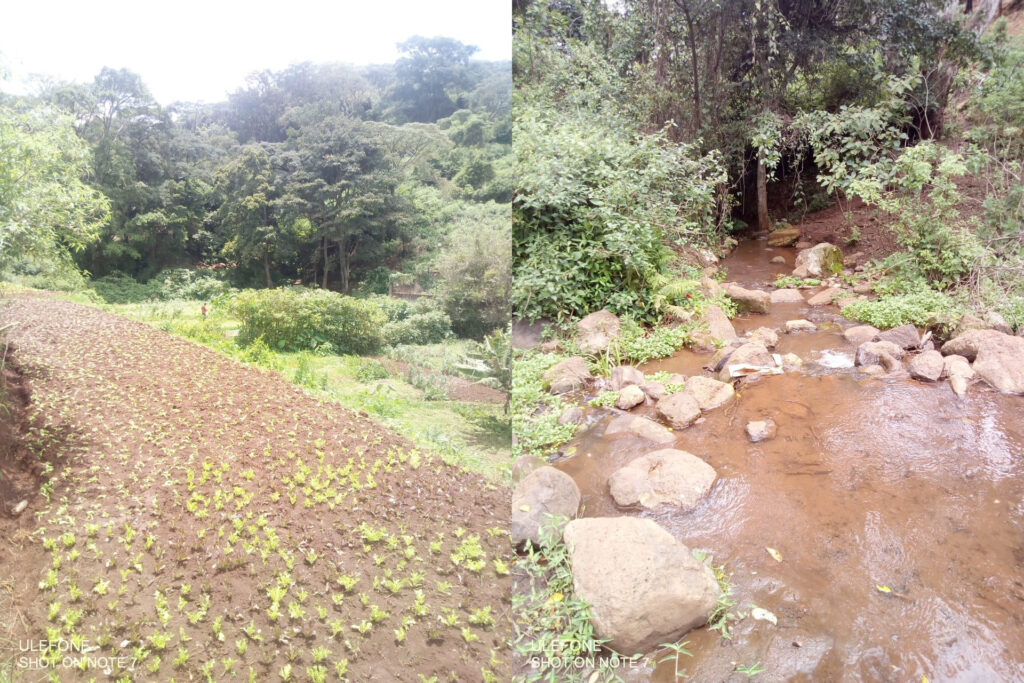Protecting the Ngong Forest Catchment Area: A Call to Action
The Ngong Forest catchment area is a vital water tower that supplies the Mbagathi River, a critical source of water for the residents of Nairobi and its environs. Unfortunately, this catchment area has been impacted by various human activities, including deforestation, land-use change, and pollution. These activities have led to the degradation of the forest and the reduction of its catchment capacity, which has negatively impacted the livelihoods of local communities who depend on the river for their water needs. Let us explore the challenges facing the Ngong Forest catchment area and the urgent need to protect it.
Deforestation and Land-Use Change
One of the main threats to the Ngong Forest catchment area is deforestation and land-use change. The forest has been subjected to illegal logging and charcoal burning, which have led to the destruction of large areas of forest cover. In addition, encroachment by settlements, agriculture, and other land-use activities have also contributed to the degradation of the forest and the reduction of its catchment capacity. This has resulted in reduced water availability downstream, particularly during periods of low rainfall.
Pollution
Pollution is another major challenge facing the Ngong Forest catchment area. Industrial and agricultural activities in the area have led to the discharge of effluent and chemicals into the river, which has negatively impacted the quality of water downstream. This has not only affected the health of the local communities who depend on the river for their water needs but also the aquatic ecosystem.
Conservation and Restoration Efforts
Efforts have been made to address these challenges, such as reforestation programs, conservation initiatives, and community education and awareness campaigns. For instance, the government of Kenya has implemented various policies and regulations aimed at conserving the Ngong Forest catchment area, such as the Forest Conservation and Management Act, which regulates the use of forest resources. Additionally, organizations such as the Ngong Hills Conservation Trust and the Green Belt Movement have played a vital role in restoring the degraded forest cover through tree planting programs. However, more needs to be done to ensure the long-term sustainability of the Ngong Forest catchment area. This includes promoting sustainable land-use practices, enhancing monitoring and enforcement of environmental regulations, and strengthening community involvement in conservation efforts.
Conclusion
The Ngong Forest catchment area is a critical natural resource that needs to be protected for the benefit of both the environment and the communities that depend on it. It is imperative that all stakeholders, including the government, civil society, and the private sector, work together to address the challenges facing this catchment area and ensure its long-term sustainability. With concerted efforts, we can protect and restore the Ngong Forest catchment area, safeguarding its water supply, and preserving its ecological value for generations to come.
